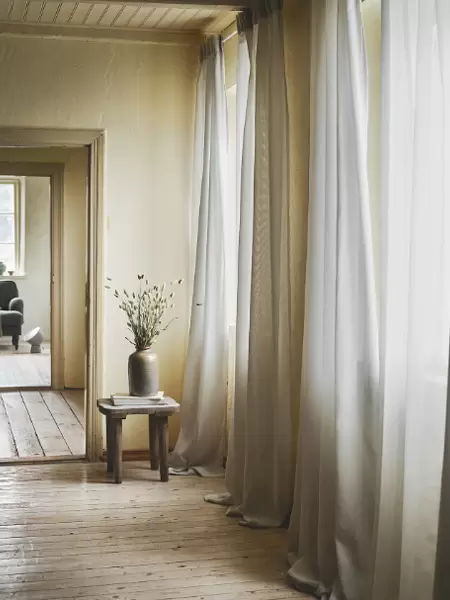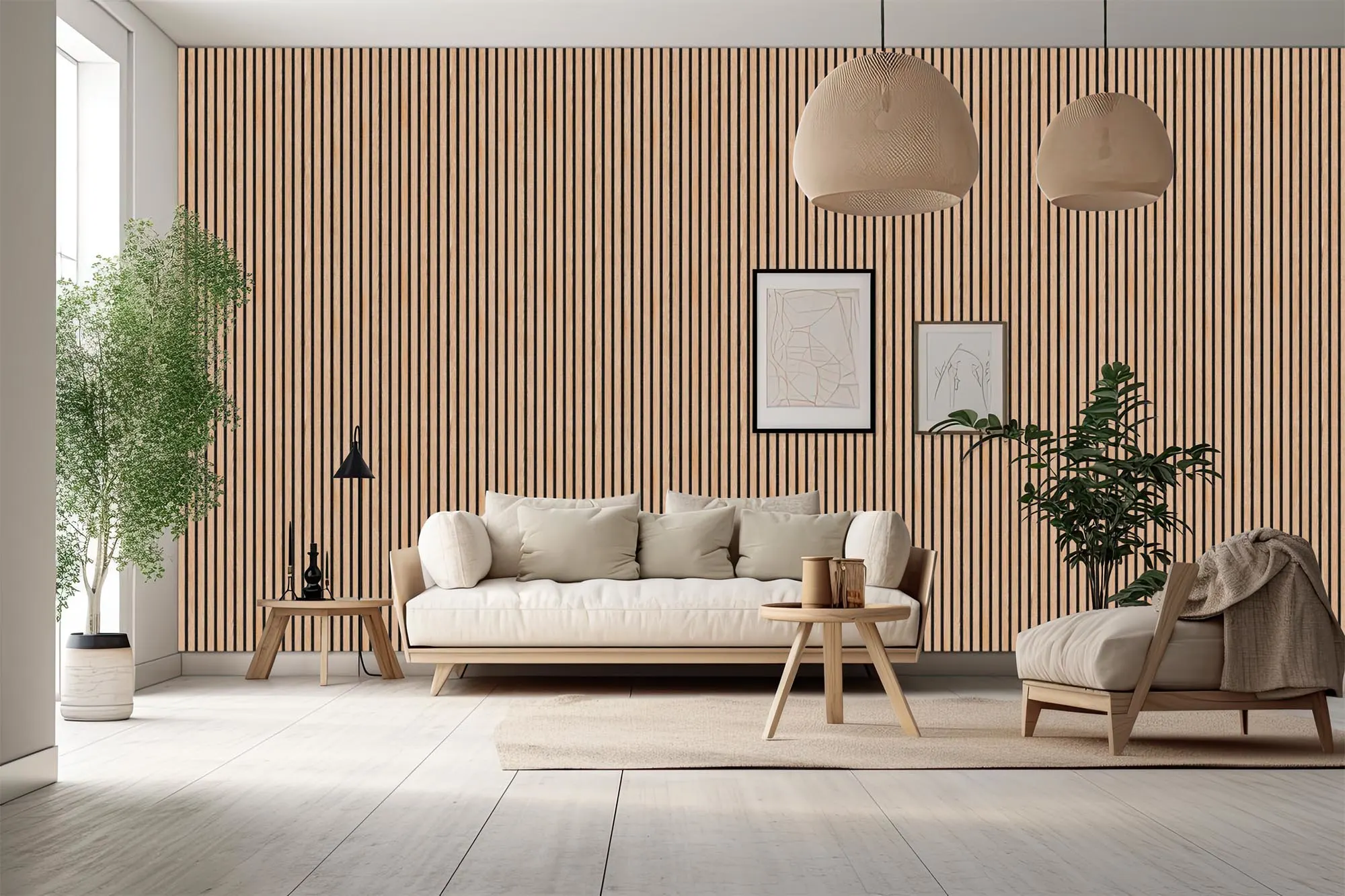Table of Content
We've experimented with various strategies such as wearing face masks, incorporating indoor plants, using air purifiers and humidifiers, and even adopting anti-pollution skincare products to combat the rising pollution levels in Delhi. Unfortunately, the situation doesn't improve much when we travel, as several cities across the country are grappling with equally high pollution levels.
The IQAir AirVisual report, which ranked almost 15 Indian cities among the top 20 most polluted cities globally, came as no surprise. Ghaziabad, in particular, surpassed Beijing to claim the dubious distinction of being the world's most polluted city. Surprisingly, a solution has emerged that hadn't been considered before – curtains!
Keep the planters out and the air-purifier in, this new technology will do all that work alone

Now that we've recognized the inadequacy of small-scale interventions, there's a need for more impactful measures. While government and relevant authorities contemplate their next steps, a novel solution has emerged for your home and loved ones—courtesy of IKEA!
IKEA has transformed the conventional air-purifier by introducing a large, space-covering, particle-clearing technique in the form of curtains. The company asserts that they've created a curtain, known as the GUNRID air-purifying curtain, which not only adorns your space but also actively purifies the air within your home.
Waiting for it to reach India soon

These curtains have gained popularity in the United States and are soon making their way to Singapore in April, priced at S$49.90 per pair, roughly equivalent to Rs 3,600. While there's no news yet about these curtains reaching the sole IKEA store in India (located in Hyderabad), we're keeping our fingers crossed. On a positive note, if you have friends or family traveling to and from Singapore or the US, you can kindly ask them to bring back a few sets for you.
If you're still questioning the need for something seemingly simple in your home, reconsider. According to the U.S. Environmental Protection Agency, indoor air quality can be two to five times more polluted than outdoor air.
The Swedish ready-to-assemble furniture retailer has been diligently developing this technology over the past few years in collaboration with universities in Europe and Asia. The concept initially involved using a special fabric that actively purifies the air in your home, and they proceeded to turn this idea into a reality through their dedicated efforts.
How does the GUNRID air-purifying curtain work?

As reported by the online design magazine Dwell, the curtain fabric is treated with a mineral-based solution to perform its air-purifying function. But how does this "mineral-based treatment" contribute to indoor air purification? The curtain's treated layer employs a process akin to photosynthesis, breaking down particles of prevalent pollutants like odors and formaldehyde, effectively "cleansing" the air.
If you're pondering the importance of light in photosynthesis and how the curtains remain effective in its absence, rest assured, as both artificial and natural light can initiate the process. However, specific information regarding the types and sizes of particles the curtains can target has not been disclosed.
The level of popularity these curtains might achieve among budget-conscious Indians remains uncertain, but it's certainly an idea worth exploring to protect ourselves from illnesses linked to pollution.
Also Read: 15 Ways to Use Kitchen Design with Window for Better Ventilation












Ans 1. Overview. Air pollution is contamination of the indoor or outdoor environment by any chemical, physical or biological agent that modifies the natural characteristics of the atmosphere. Household combustion devices, motor vehicles, industrial facilities and forest fires are common sources of air pollution.
Ans 2. Vehicle emissions, fuel oils and natural gas to heat homes, by-products of manufacturing and power generation, particularly coal-fueled power plants, and fumes from chemical production are the primary sources of human-made air pollution.
Ans 3. Exposure to air pollution can affect everyone's health. When we breathe in air pollutants, they can enter our bloodstream and contribute to coughing or itchy eyes and cause or worsen many breathing and lung diseases, leading to hospitalizations, cancer, or even premature death.
Ans 4. There are many different types of air pollutants, such as gases (including ammonia, carbon monoxide, sulfur dioxide, nitrous oxides, methane and chlorofluorocarbons), particulates (both organic and inorganic), and biological molecules.
Ans 5. What is Air Pollution? Air pollution refers to any physical, chemical or biological change in the air. It is the contamination of air by harmful gases, dust and smoke which affects plants, animals and humans drastically. There is a certain percentage of gases present in the atmosphere.
Ans 6. AQI values at or below 100 are generally thought of as satisfactory. When AQI values are above 100, air quality is considered to be unhealthy—at first for certain sensitive groups of people, then for everyone as AQI values increase.
Ans 7. Yes, air purifiers with a HEPA filter trap polluting particles, including dust, from the air. While it is not a method of getting rid of dust completely, it helps remove the particles in the air you may inhale. Zamora-Martinez also recommends an air purifier in dry climates with sandy environments.
Ans 8. Activated carbon filters in air purifiers absorb odors, gases, and chemicals like VOCs that can cause nausea and other health issues. Air purifiers reduce exposure to indoor pollutants like radon, asbestos particles, and airborne illnesses. This improves sleep, boosts immunity, and may increase life expectancy.
Ans 9. Another downside is that air purifiers can be noisy. The mechanical filters can produce a lot of noise, and if you're looking for a quiet home or a quiet appliance, an air purifier may not be the best choice. Finally, air purifiers require regular maintenance just like any electronic device.
Ans 10. If you have asthma symptoms, an air filter or room air cleaner may help you to breathe better. The same is true for those with hay fever (allergic rhinitis) or COPD (emphysema or chronic bronchitis). If you live with a smoker, an air filter or room air cleaner is likely to be helpful.